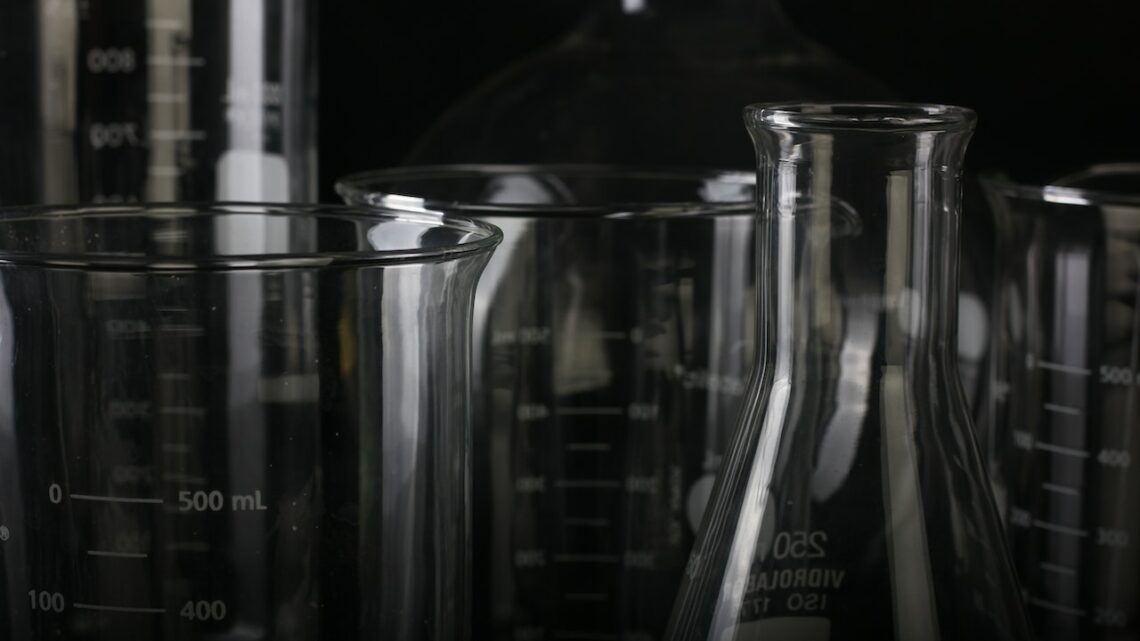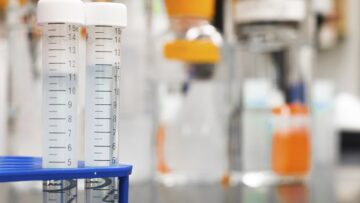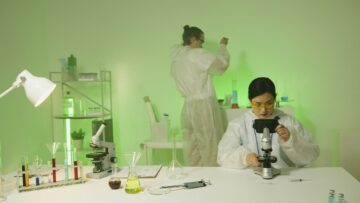Chemistry is a branch of science that studies the composition, structure and properties of matter, as well as the changes it undergoes during chemical reactions. It is a fundamental part of our lives, as it is present in all aspects of our day-to-day activities. In this article, we will explore the role of chemistry in everyday life, and how it has impacted society.
Uses of Chemistry in the Home
Cleaning Products
Soap is one of the most commonly used cleaning products in the home. It is a surfactant, meaning that it helps to reduce the surface tension between two substances, allowing them to mix more easily. Soap is created through a process called saponification, which involves the reaction of fats or oils with a strong alkali, such as sodium hydroxide.
Detergents are another type of cleaning product used in the home. They are similar to soap, but are more effective at cleaning in hard water, as they contain surfactants that are not affected by the presence of calcium and magnesium ions. Detergents are created through a process called esterification, which involves the reaction of alcohols with carboxylic acids.
Bleach is a type of cleaning product used to whiten and disinfect surfaces. It is created through a process called chlorination, which involves the reaction of chlorine with organic compounds.
Cosmetics
Skin care products are used to keep the skin hydrated and healthy. They typically contain a combination of oils, emulsifiers, surfactants, emollients and preservatives. These ingredients are created through a variety of chemical reactions, such as esterification, saponification, and condensation reactions.
Hair care products are used to nourish and protect the hair. They typically contain a combination of oils, surfactants, proteins and preservatives. These ingredients are created through a variety of chemical reactions, such as esterification, saponification, and condensation reactions.
Makeup is used to enhance the appearance of the skin. It typically contains a combination of pigments, oils, surfactants, and preservatives. These ingredients are created through a variety of chemical reactions, such as esterification, saponification, and condensation reactions.
Food
Preservation is a process used to extend the shelf life of food. It typically involves the use of preservatives, which are chemicals that inhibit the growth of microorganisms and slow down the rate of spoilage. Common preservatives include sodium benzoate, potassium sorbate, and nitrates. These preservatives are created through a variety of chemical reactions, such as esterification, saponification, and condensation reactions.
Flavoring is used to enhance the taste of food. It typically involves the use of flavorings, which are chemicals that provide a desired taste or smell. Common flavorings include vanilla, cinnamon, and mint. These flavorings are created through a variety of chemical reactions, such as esterification, saponification, and condensation reactions.
Nutrition is an important part of a healthy diet. Vitamins and minerals are essential for the body to function properly, and are typically obtained from food. Vitamins and minerals are created through a variety of chemical reactions, such as esterification, saponification, and condensation reactions.
Uses of Chemistry in Medicine
Diagnostics are used to diagnose medical conditions. Blood tests are used to measure the levels of various substances in the blood, such as glucose and cholesterol. Imaging tests, such as X-rays and CT scans, are used to diagnose medical conditions. These tests involve the use of radiation, which is created through a process called ionization, which involves the reaction of atoms with high-energy particles.
Treatments are used to treat medical conditions. Pharmaceuticals are drugs used to treat a variety of conditions, such as infections and chronic diseases. They are created through a variety of chemical reactions, such as esterification, saponification, and condensation reactions. Surgery is another type of treatment used to treat medical conditions. It involves the use of instruments and techniques, such as sutures and lasers, which are created through a variety of chemical reactions.
Uses of Chemistry in Technology
Electronics are used to store, process, and transfer information. Computers are used to store and process data, and contain components such as processors, memory chips, and hard drives. These components are created through a variety of chemical reactions, such as esterification, saponification, and condensation reactions. Smartphones are used to make calls, send messages, and access the internet. They contain components such as processors, memory chips, and touchscreens. These components are created through a variety of chemical reactions. TVs are used to view media content. They contain components such as processors, memory chips, and displays. These components are created through a variety of chemical reactions.
Transportation is an essential part of modern society. Fuel is used to power vehicles, such as cars and airplanes. It is created through a process called refining, which involves the reaction of crude oil with oxygen. Automobile parts, such as engines and brakes, are created through a variety of chemical reactions, such as esterification, saponification, and condensation reactions. Aircraft parts, such as wings and fuselages, are created through a variety of chemical reactions.
Conclusion
In conclusion, chemistry plays an essential role in everyday life. It is present in all aspects of our lives, from cleaning products to medicines to technology. It has had a profound impact on society, enabling us to live longer, healthier, and more productive lives. Chemistry is a fundamental part of our lives, and its importance should not be underestimated.





